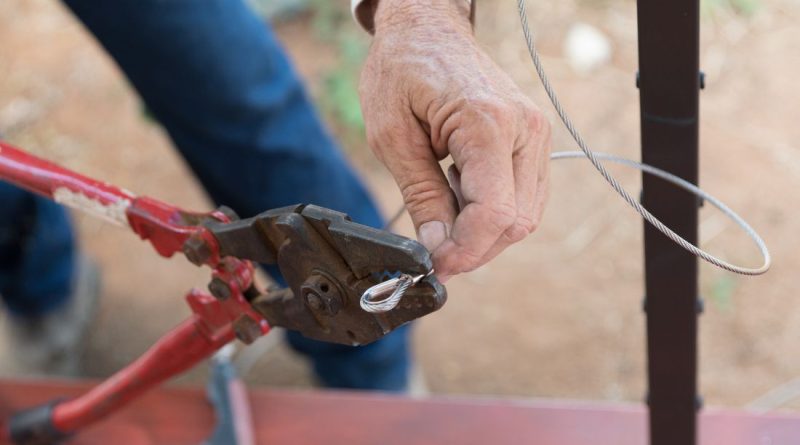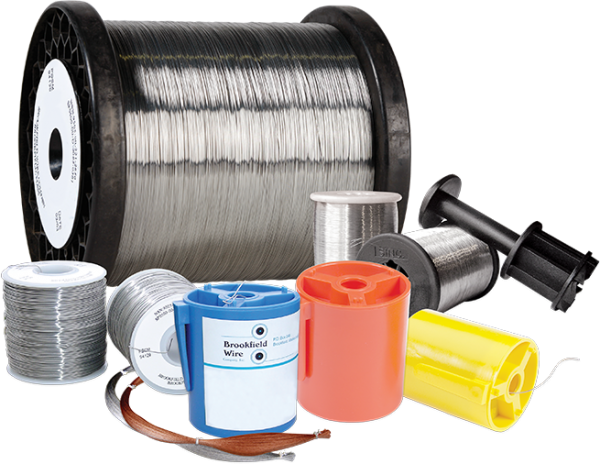Top Benefits of Using Safety Wire in Fastener Installations
Safety wire, also known as safety lock wire, is an essential tool for ensuring the safety and reliability of mechanical assemblies. Whether you work with automotive, aerospace, or industrial machinery, knowing how to safety wire bolts improves the integrity of your installations. This article explores the many benefits of using safety wire, focusing on its importance, material choices, installation techniques, and practical applications.
Understanding Safety Wire: What It Is and How It’s Used
Safety wire is a thin strand of wire used to secure fasteners like bolts, nuts, and screws. Its main purpose is to prevent these fasteners from loosening due to vibrations or other forces during operation.
What Is Safety Wire?
Safety wire typically comes from high-strength materials such as stainless steel or carbon steel. These materials resist corrosion and fatigue, making them ideal for critical applications where failure can have serious consequences, such as in aviation or high-performance vehicles. As noted by the FAA in Advisory Circular AC 43.13-1B, a safety wire is an important requirement for maintaining airworthiness in aircraft.
How to Safety Wire Bolts
Safety wiring involves threading the wire through a hole in the fastener and securing it to an adjacent fastener. If you learn how to safety wire bolts, you can ensure this creates tension that keeps the fastener in place, preventing bolts and nuts from loosening and reducing the risk of equipment failure.
Enhancing Reliability: The Role of Safety Lock Wire in Fastener Installations
Using safety lock wire greatly improves the reliability of fastener installations. By providing an extra layer of security, safety wire protects against mechanical failure.
Increased Security in High-Vibration Environments
Machinery operating under high vibrations, such as engines or heavy equipment, often sees fasteners loosen over time. Safety wire locks these fasteners in place, giving engineers and technicians confidence in their work. As someone who has worked on high-performance racing vehicles, I can attest to the peace of mind that comes with knowing safety wire is in place. A loose fastener could mean the difference between winning a race and catastrophic failure.
Compliance with Industry Standards
Many industries, particularly aerospace and automotive, have strict standards for fastener installations. Using safety wire helps meet these regulations, ensuring the safety and reliability of products.
Preventing Loosening: Why Safety Wire Matters for Critical Applications
In critical applications, a loosening fastener can lead to catastrophic consequences. Learning to properly safety wire bolts is crucial for anyone involved in manufacturing or maintenance.
The Dangers of Loose Fasteners
Loose fasteners risk equipment malfunction, resulting in costly repairs, downtime, or even accidents. For example, a loose bolt on an aircraft can jeopardize flight safety. Safety wire acts as a crucial preventive measure. A personal account from a colleague in the aerospace industry highlighted a scenario where a loose fastener on a landing gear assembly nearly resulted in a crash, underscoring the necessity of safety wire.
Material Choices: Selecting the Right Safety Wire for Your Project
Choosing the right material for safety wire is essential for its effectiveness. Different materials offer various advantages, helping you select the best choice for your application.
Common Materials for Safety Wire
| Material | Advantages |
| Stainless Steel | Excellent corrosion resistance and strength. Ideal for moist or corrosive environments. |
| Carbon Steel | Strong and cost-effective. Best for dry conditions. |
| Copper | Useful in applications needing conductivity, like electrical systems. |
Selecting the Right Gauge
Safety wire comes in various gauges, usually ranging from .020 inches to .040 inches in diameter. The gauge choice depends on the fastener size and application. Thicker wire offers more strength but can be harder to handle, while thinner wire is easier to work with but may not provide the same security.
Installation Techniques: Best Practices for Using Safety Wire Effectively
Proper installation is crucial for the effectiveness of the safety wire. Following best practices ensures your installations remain secure and reliable.
Step-by-Step Guide to Safety Wiring
- Select the Correct Wire: Choose the right material and gauge for your project.
- Prepare the Fasteners: Tighten the bolts and nuts to the manufacturer’s specifications.
- Threading the Wire: Insert the safety wire through the hole in the fastener. If there’s no hole, consider using a safety wire bolt.
- Twisting the Wire: Pull the wire taut and twist it around the adjacent fastener in a figure-eight pattern. This creates tension and locks the fasteners in place.
- Trim Excess Wire: Cut any extra wire, leaving a small length to keep it secure.
Common Mistakes to Avoid
- Incorrect Tightening: Fasteners should be tightened to proper torque specifications before safety wiring.
- Improper Twisting: Don’t twist the wire too tightly, as this can cause breakage. It should be snug but not excessively tight.
- Neglecting Inspection: Regularly check safety wired fasteners to ensure they stay secure, especially in high-vibration environments.
Visual Aids
For a better understanding of safety wire installation techniques, refer to this installation diagram that illustrates proper safety wire practices, particularly beneficial for visual learners.
Real-World Applications: When and Where to Use Safety Wire in Fasteners
Safety wire is used in various industries and applications. Knowing where it is most beneficial helps you implement this technique effectively.
Aerospace Applications
In aerospace, safety wire secures fasteners on aircraft engines, landing gear, and other vital components. FAA regulations often require safety wire to ensure aircraft safety and reliability.
Automotive Engineering
High-performance cars and racing vehicles use safety wire to secure critical components like engine mounts, suspension parts, and wheel nuts. The vibrations in racing can easily loosen fasteners, making safety wire essential.
Industrial Machinery
In industrial settings, safety wire secures fasteners in heavy machinery and equipment. This practice helps prevent costly downtime and accidents from loose components.
Marine Applications
Marine vessels benefit from safety wire, as harsh saltwater environments can corrode fasteners. Using safety wire keeps critical components secure, enhancing vessel safety and longevity.
| Industry | Key Applications | Importance of Safety Wire |
| Aerospace | Aircraft engines, landing gear | Ensures compliance with FAA regulations, critical for flight safety. |
| Automotive | Engine mounts, suspension parts, wheel nuts | Prevents loosening under high vibrations, vital for performance and safety. |
| Industrial Machinery | Heavy machinery, equipment fasteners | Reduces downtime and accident risk, ensuring operational reliability. |
| Marine | Fasteners in boats and ships | Protects against corrosion and ensures safety in harsh environments. |
Using a safety wire in fastener installations is crucial. It enhances reliability, prevents loosening, and helps you select the right materials and techniques. By learning how to safety wire bolts effectively, you can greatly reduce the risk of mechanical failure and ensure project safety. Whether in aerospace, automotive, or industrial applications, integrating safety wire into your fastener installations enhances operational integrity and provides peace of mind.



